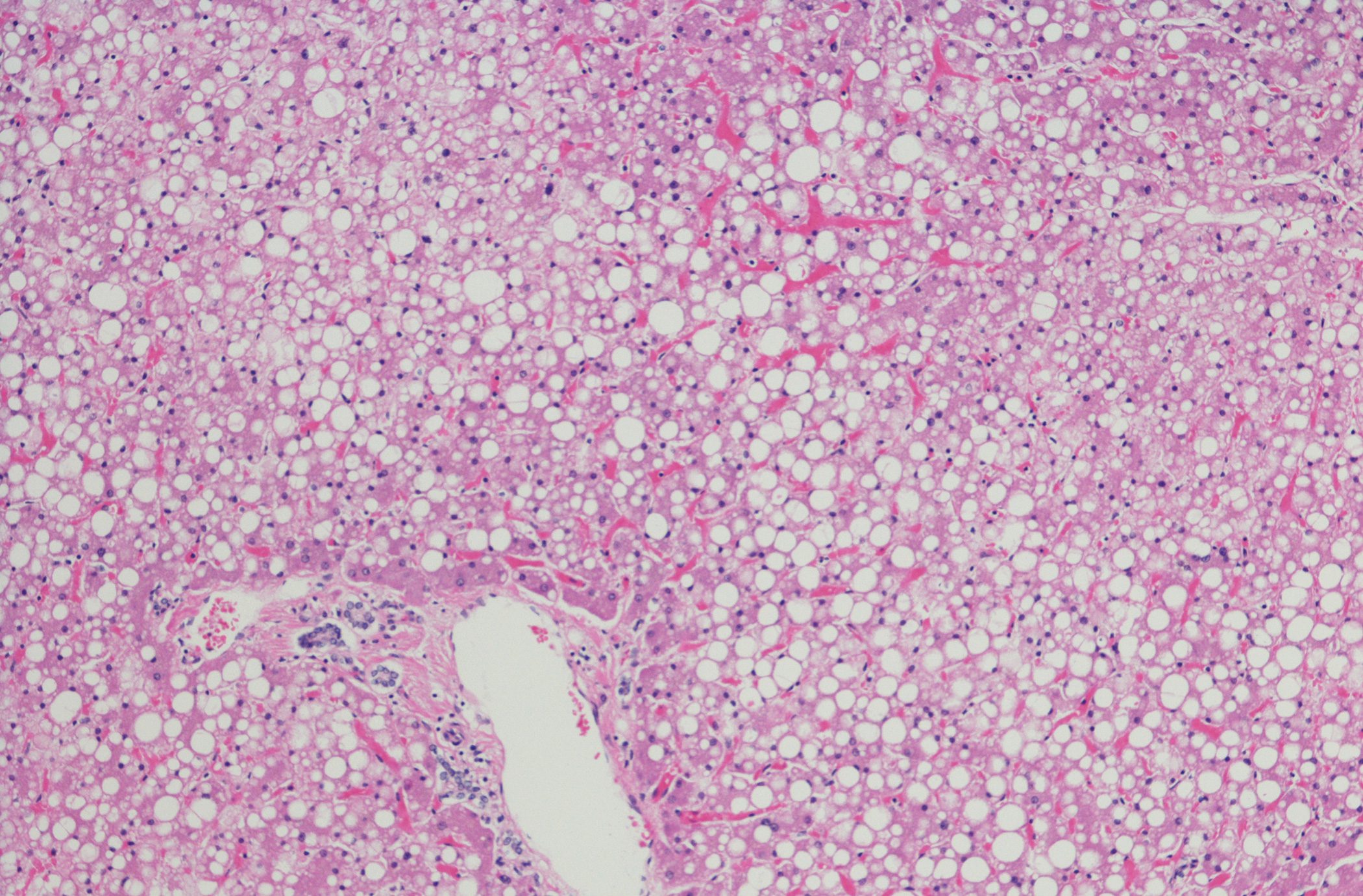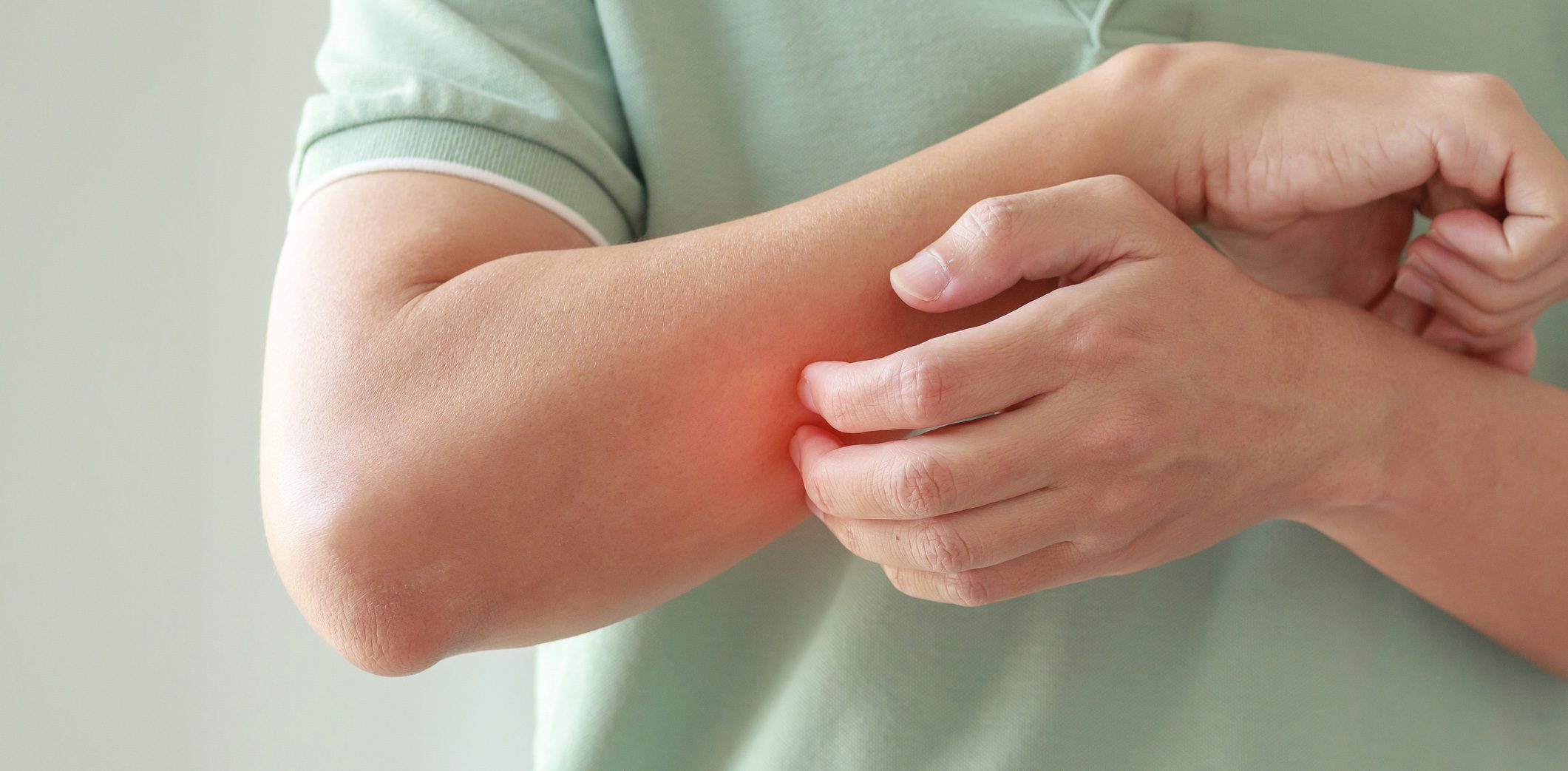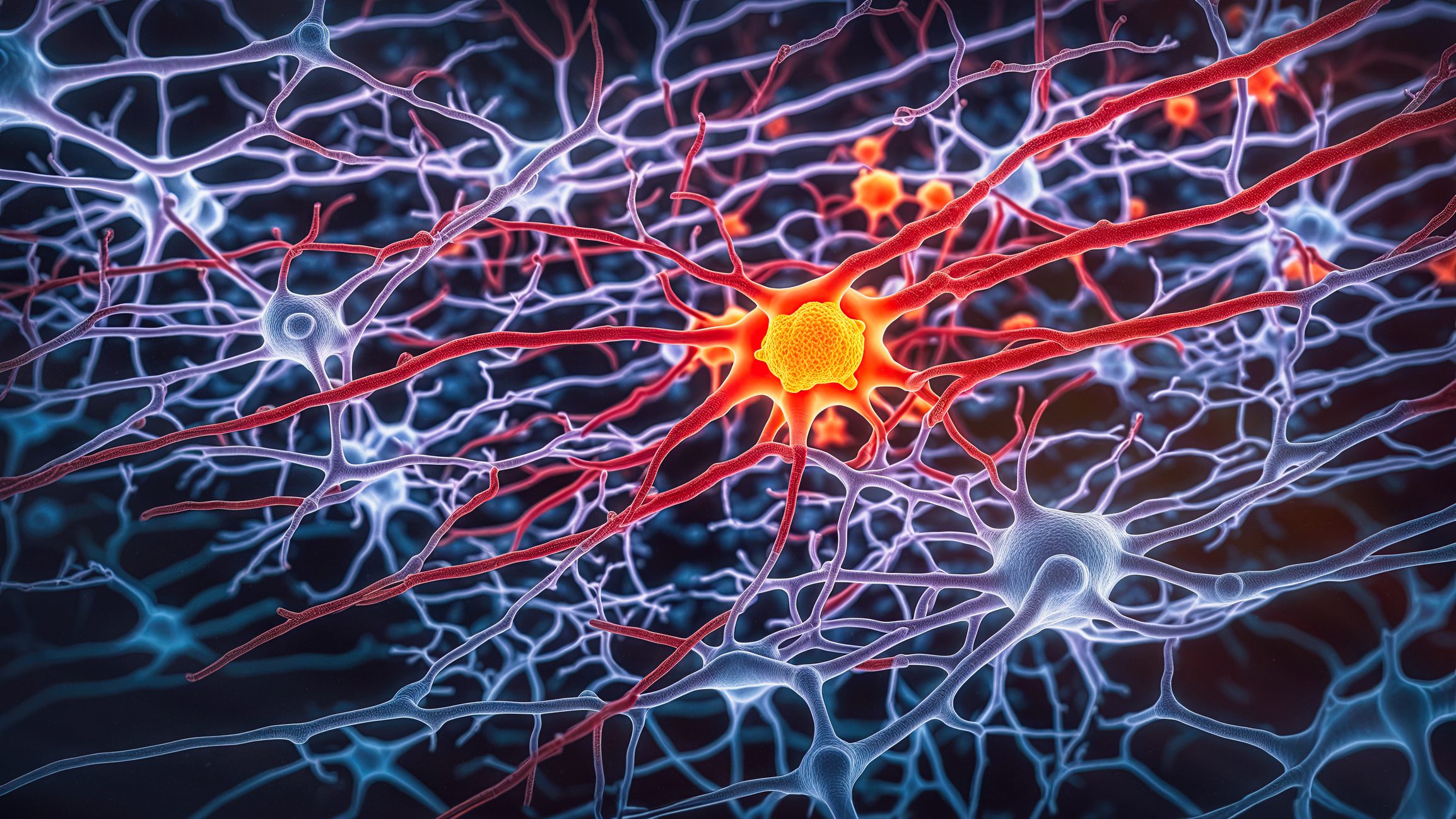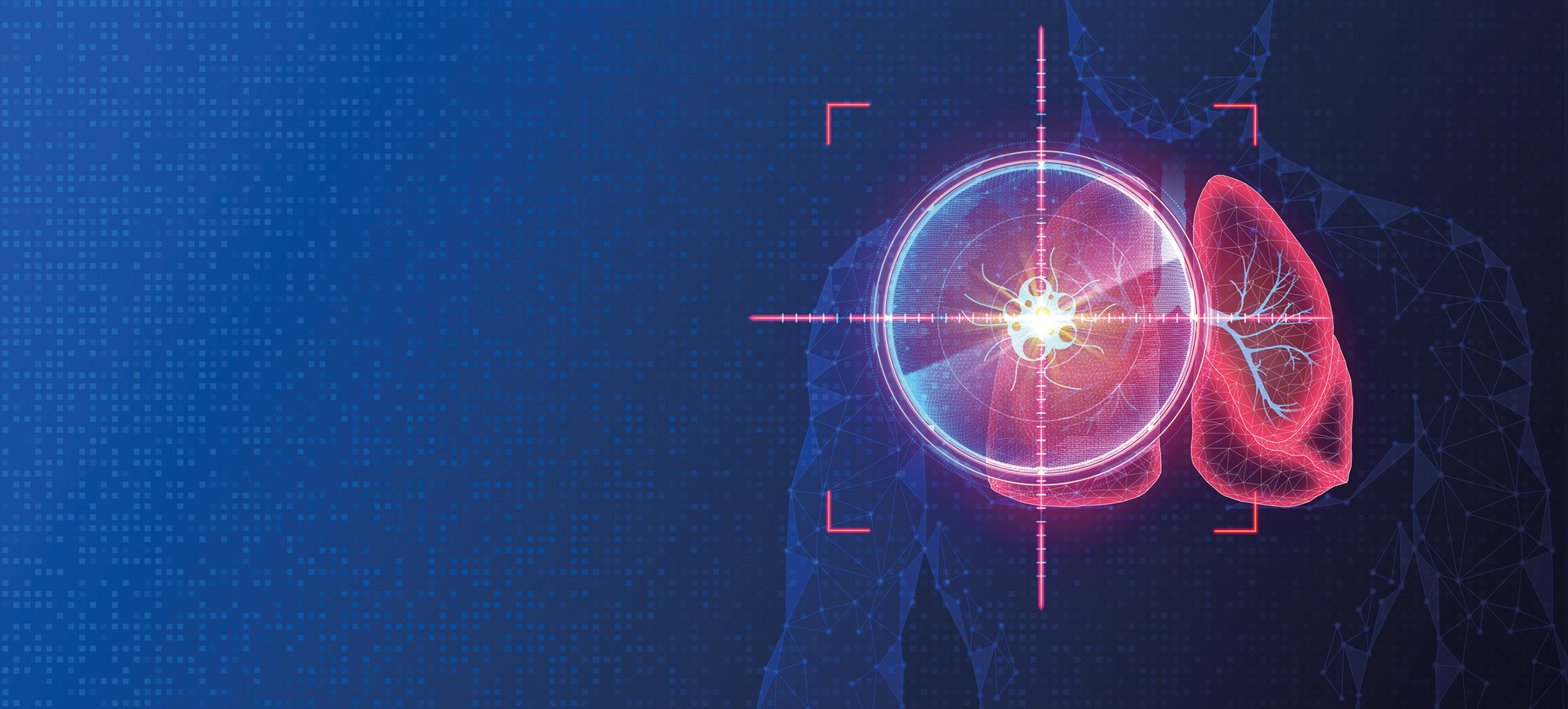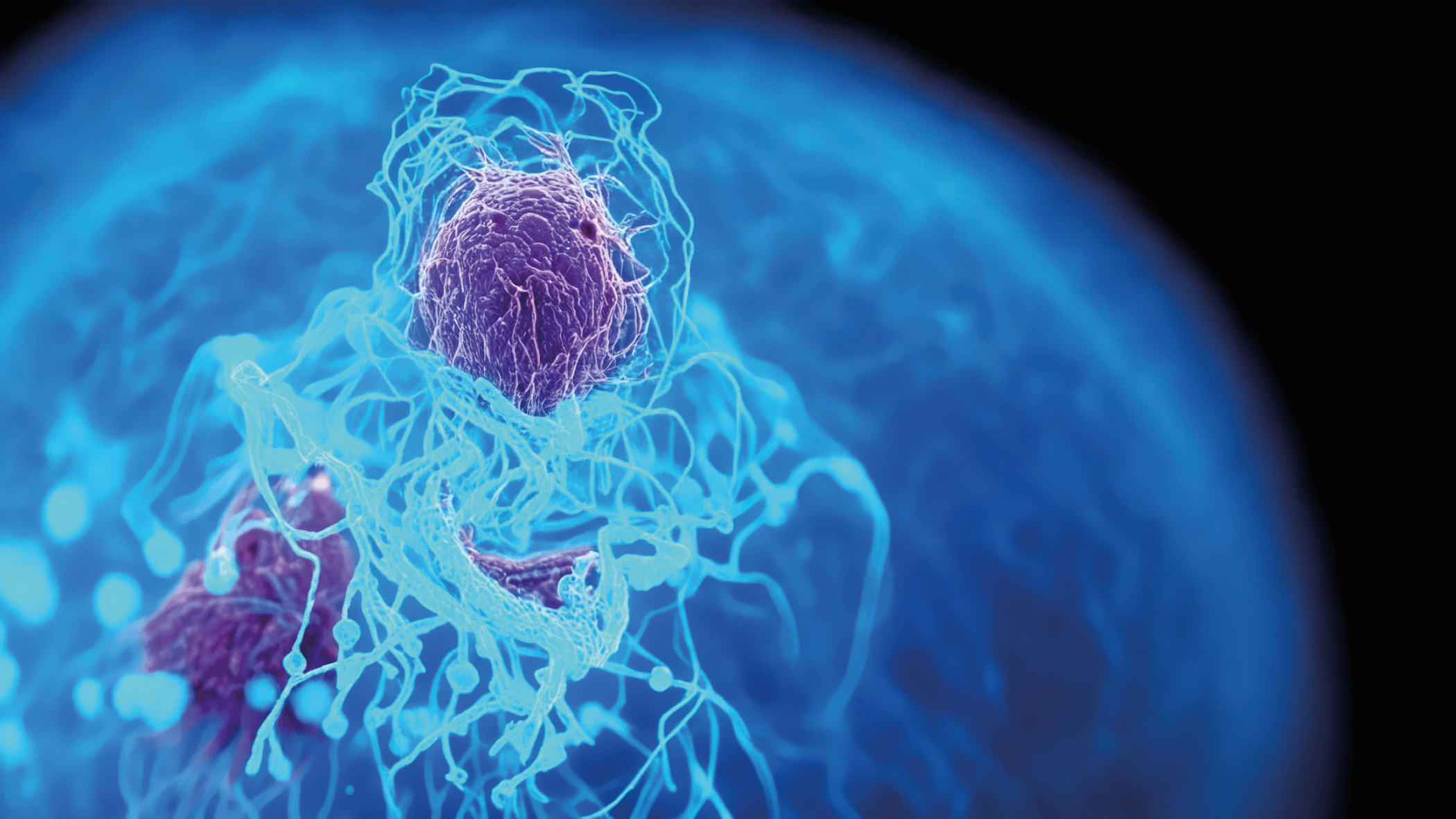The medicinal properties of St. John’s wort (Hypericum perforatum) have been known since ancient times and it is widely used as a complementary therapy for a variety of illnesses. St. John’s wort not only has antibacterial and antiviral effects, but is also used in the treatment of mild to moderate depression – and is generally well tolerated.
St. John’s wort dry extract Ze 117 is approved in several countries for the short-term treatment of mild to moderate depressive disorders. Various clinical studies have shown that St. John’s wort preparations are just as effective as synthetic antidepressants, but are generally better tolerated than their chemical counterparts, and have been awarded “well-established use” status by the European Medicines Agency (EMA). The main components of St. John’s wort extracts are hypericin, hyperforin, various flavonoids and procyanidins. Ze 117 extract contains up to 0.3% hypericin and small amounts of hyperforin (≤0.2%). Clinical data have shown that Hypericum extract Ze 117 has an efficacy in the treatment of depressive disorders that is at least comparable to widely used synthetic antidepressants such as fluoxetine, paroxetine, sertraline or imipramine and better than placebo.
There have been reports of clinically relevant drug interactions associated with the modified extraction method resulting in extracts with a high hyperforin content. Since extracts of natural products generally have a complex composition, it is likely that the analytical profile of St. John’s wort preparations varies depending on the extraction method. Hyperforin, hypericin and flavonoids have been shown to be present in widely varying concentrations in different commercial products. Several commercial St. John’s wort extracts currently marketed in Switzerland were tested in a study: A clear correlation was observed between the hyperforin content and the influence on their transactivating activity. In contrast, there was no such correlation between hypericin content and pregnane X receptor (PXR)-mediated transactivation.
Antidepressant effects of St. John’s wort extracts confirmed
A large number of behavioral studies have been conducted on animal models and have independently confirmed the antidepressant effects of St. John’s wort extracts. Comparing the scientific evidence for the clinical efficacy of St. John’s wort with the available data on the mechanism of action, it is still unknown how exactly St. John’s wort causes its antidepressant effects. A complex multi-component mixture such as a medicinal plant extract does not develop its effect on the basis of a single component. Therefore, over the years, several potential pharmacological targets have been investigated not only with SJW extracts but also with individual constituents. It has been shown that none of the identified individual components of St. John’s wort extracts fully explain the clinical efficacy in the treatment of symptoms of major depressive disorder. Therefore, St. John’s wort is a prime example of the whole extract being defined as the active constituent [1].
Hyperforin was originally thought to be the main active principle of St. John’s wort, leading to antidepressant effects. However, clinical efficacy has also been demonstrated with St. John’s wort extracts with low hyperforin content. No clinically relevant difference was found when comparing St. John’s wort extracts with low (0.5%) and high hyperforin content (5%) (ΔHAMD < minimal clinically important difference of 3 HAMD score points). No significant difference was also found between the treatment groups when comparing 600 and 1200 mg/day-1 of a high hyperforinic St. John’s wort extract. When comparing the therapeutic efficacy and daily doses of St. John’s wort extracts approved for the treatment of depression, no dose dependence was found. Rather, a saturation effect at doses ≥180 mg/day-1 can be estimated when comparing the clinical efficacy data (Fig. 1). An EMA assessment report examined a wide range of dosing regimens and found that not only did the daily doses of the St. John’s wort extracts studied vary widely (from 180 to 1800 mg), but their hyperforin content also varied to an even greater extent (from 0.2% to a maximum of 6%). This variability has called into question the importance of hyperforin for the clinical efficacy of SJW. In line with the regulatory specification as a “quantified extract”, the total extract should therefore be considered as a single active pharmaceutical ingredient contributing to clinical efficacy in the treatment of depressive disorders.
PXR with central roller
Testing the influence of in vitro treatment with hyperforin on mRNA expression in human hepatocytes revealed a significantly increased expression of CYP2B6, CYP2C9, CYP3A4, CYP3A5, UGT1A1 and ABCB1. For CYP2B6, the binding of PXR to the promoter was shown. In addition, increased expression has been reported following treatment with known PXR activators including hyperforin and direct regulation of CYP2C9 by hyperforin-activated PXR has been shown. Finally, UGT1A1 is known to be induced by PXR; although this has not been shown for hyperforin, there is a validated mechanistic link between the nuclear receptor and this enzyme. For sulfotransferases, however, the data on regulation by PXR are less consistent. PXR belongs to the nuclear receptor family and is involved in the regulation of metabolic processes in response to xenobiotics. It has a ligand-binding domain and a DNA-binding domain and acts as a ligand-activated transcription factor after heterodimerization with the retinoid X receptor.
Based on the pharmacological mechanism of hyperforin as a PXR-mediated inducer of metabolic enzymes and transport systems (e.g. CYP450, ABCB1 and OATP1A2), many clinical interaction studies and case reports causally related to SJW extracts with high hyperforin content have been published. As stated by the EMA/HMPC, hyperforin is mainly responsible for pharmacokinetic interactions with other drugs metabolized by certain CYP450 isozymes and transported by ABCB1 (P-glycoprotein, P-gp).
Interactions of SJW depending on the hyperforin dose
Therefore, St. John’s wort products must be considered in terms of pharmacokinetic interactions taking into account the daily hyperforin dose, leading to a separation of SJW preparations with low hyperforin content (≤1 mg/day-1) from those with high hyperforin content (>1 mg/day-1).
No clinically relevant pharmacokinetic interactions were observed for St. John’s wort extracts with a low hyperforin content at doses up to a maximum dose of 1 mg hyperforin per day. An EMA risk assessment concluded that there are adequate studies on low hyperforin extracts that could justify exceptions with regard to contraindications, special warnings and interactions in the summary of product characteristics.
Thus, there is reasonable evidence that low-dose hyperforin extracts have no significant effects on cytochrome (CYP) enzymes such as CYP3A4 or on transport proteins such as P-glycoprotein (P-gp). Therefore, Ze 117 may have a lower potential for drug interactions than other St. John’s wort preparations due to its low hyperforin content. A Swiss study [2] demonstrated a clear safety advantage of Ze 117 over St. John’s wort extracts with a high hyperforin content in the treatment of mild to moderate depressive episodes.
A pharmacokinetic interaction study was also unable to find any clinically relevant interactions for seven test medicinal products when used simultaneously with a St. John’s wort extract with a low hyperforin content. This clinical evidence prompted the Swiss Agency for Therapeutic Products, Swissmedic, to be the first regulatory authority to approve the removal of contraindications, warnings and pharmacokinetic interactions for a herbal medicinal product with a low hyperforin content.
Overall, the data on the pharmacokinetic interactions with St. John’s wort preparations correlate directly with the respective daily dose of hyperforin. The induction of PXR-related metabolic enzymes and transporters cannot be excluded at daily doses >1 mg hyperforin. To avoid pharmacokinetic interactions and to contribute to the safety of St. John’s wort products, St. John’s wort extracts with a low hyperforin content should be recommended for therapeutic use. No clinically relevant pharmacokinetic interactions are to be expected with daily doses of maximum 1 mg hyperforin.
In order to avoid unnecessary drug safety risks in co-medication therapy, patients with depressive episodes should be prescribed St. John’s wort extracts with a low hyperforin content. Currently, the recommended daily dose of St. John’s wort varies between 180 and 1800 mg. Since higher doses of St. John’s wort do not lead to a more pronounced decrease in depressive symptoms, St. John’s wort products with lower extract doses should be preferably recommended to avoid further safety risks. To avoid the risk of unnecessary pharmacokinetic interactions with St. John’s wort, a maximum safety limit of 1 mg hyperforin per day is recommended.
Literature:
- Nicolussi S, et al: Clinical relevance of St. John’s wort drug interactions revisited. BJP 2020; 177(6): 1212-1226; doi: 10.1111/bph.14936.
- Zahner C, et al: No Clinically Relevant Interactions of St. John’s Wort Extract Ze 117 Low in Hyperforin With Cytochrome P450 Enzymes and P-glycoprotein. Clinical Pharmacology & therapeutics 2019; 106(2): 432-440; doi: 10.1002/cpt.1392.
PHYTOTHERAPY PRACTICE 2024 1(1): 6-8






